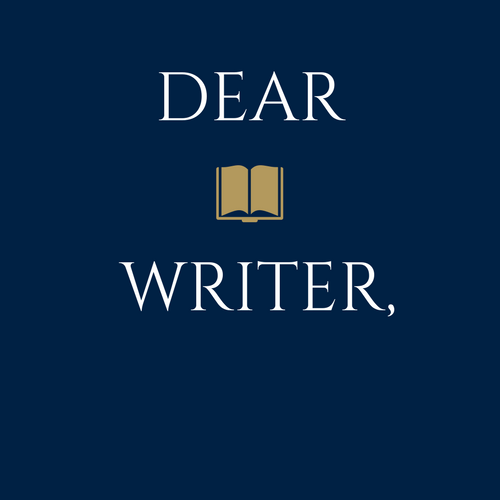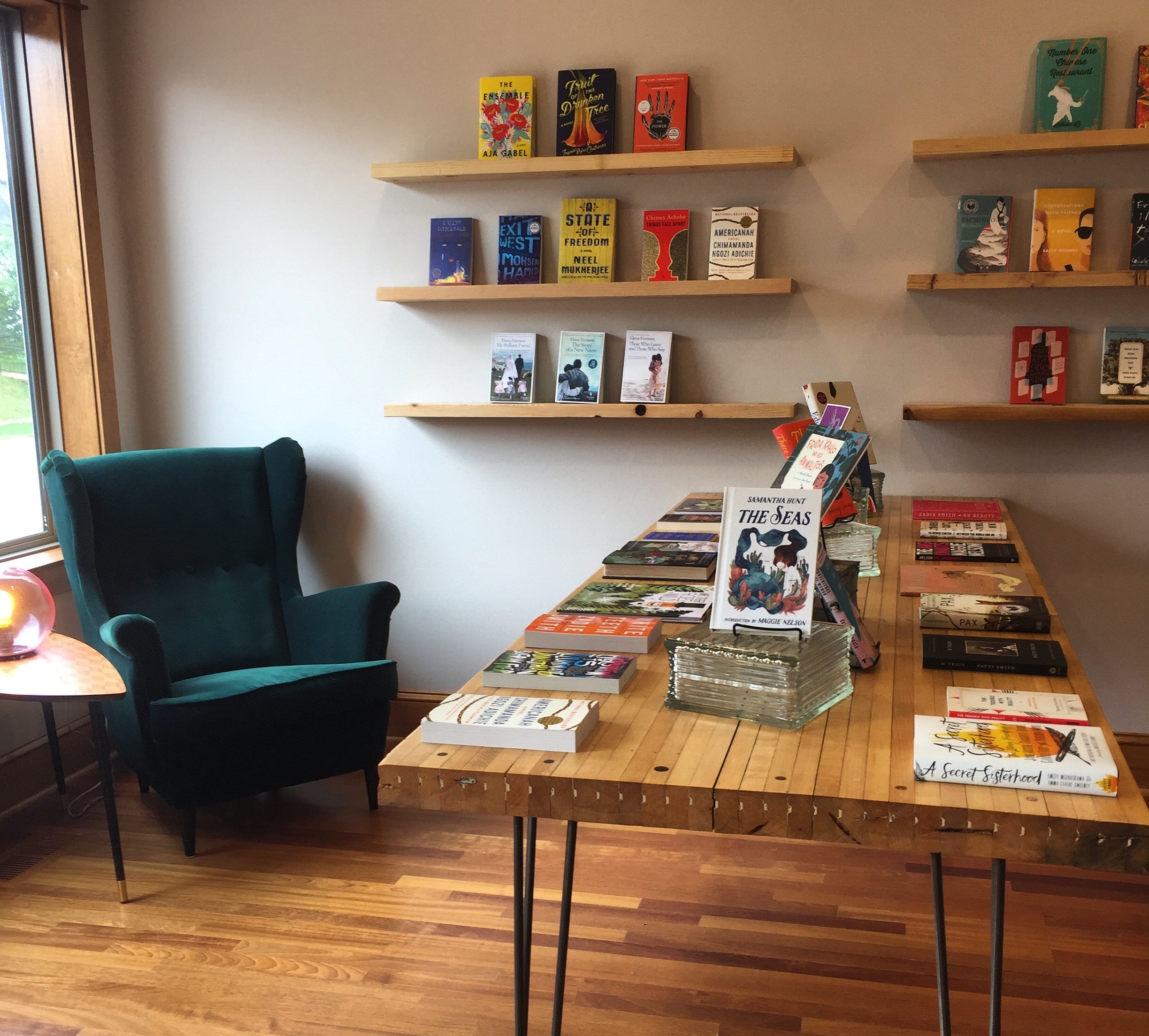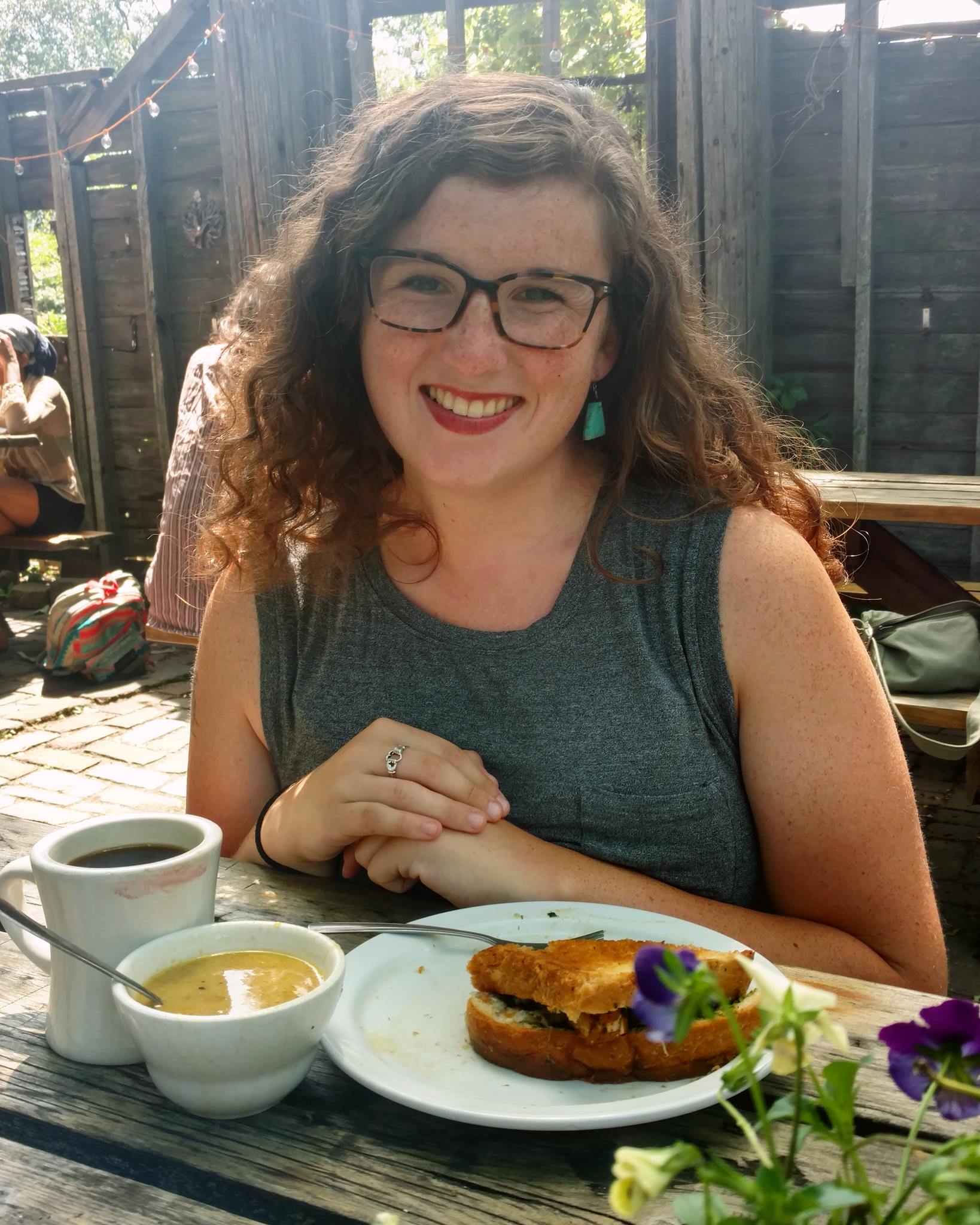Dear Writer,
I keep hearing people talking about a writer’s “voice.” What exactly does that mean? And how do I know if my writer’s voice is any good? And if it isn’t good, how do I find my voice?
Sincerely,
Lip Syncing to my Own Words
Dear Syncing,
I, too, have wondered what the hell people were talking about when they talked about finding one’s own “voice.” When I was starting out as a writer, it seemed to me to be the kind of thing teachers said when they couldn’t think of anything else to say about my work. I mean, how could I not write in my own voice? Whose voice was I writing in, if not my own? The mailman’s? Some roving phrenologist’s? Did I somehow inadvertently sound like that guy sitting alone at the end of the bar, drinking Jack and Cokes and shouting out wrong answers to Jeopardy? Should I write the way I talk, I wondered—should my work be full of sentence fragments and mild stuttering and swear words? Or should I write the way I sound to myself when I’m thinking? What an incoherent and obscene jumble that would be!
But then I started thinking about voice as I read the work of other writers, and of course, I noticed a few things. First, some writers are capable of doing all sorts of voices—they’re regular impressionists, now writing from one character’s point of view, now another, then again in a kind of neutral, authorial tone, two books later in a completely different voice again. Other writers seem to have a distinct style that they use in story after story, book after book. Think of the great stylists of the early-to-mid 20th century—Hemingway, Faulkner, Joyce and Woolf, for starters—you’d know their work anywhere. But is voice the same as style? Is that what we’re talking about?
Well, yes and no, to my way of thinking. I think ultimately voice is made up of a few things: diction, which is to say the words you use, the size and scope of your writer’s vocabulary. Do you use simple, common words, or big, fancy Latinate words? Or some mix of the two? There’s also syntax—how you string a sentence together. We all do it a little differently, it seems to me—we fall into syntactical patterns that become, over time, stylistic markers for our work. I like multi-clause sentences, as you can probably tell, with lots of punctuation (and even the occasional parenthetical statement). But I also like to mix in some short sentences. Fragments, even. Good writers pay attention to rhythms, too—where the natural, spoken emphases come in a phrase or a sentence. And then there’s tone, of course—some writers manage to keep a very neutral tone, while others may sound angry or sardonic or urgent or conspiratorial, and so on.
Ultimately, though, I think I was right to begin with. For better or worse, whatever you write, you write in your voice. Even if you’re trying to imitate or parody someone else, unless you’re an unusually brilliant mimic, it will still probably sound like you trying to sound like someone else. That voice may change over time—you may find ways of doing things that work better and seem more natural or more compelling—but no matter what, you’re going to sound like yourself, and, with a little luck, a better, smarter, more entertaining version of yourself.
And maybe that’s how you know if it’s any good: would you, as a reader, want to spend an hour with that voice? A day? A week? Could you be naked with that voice? Would you want to hear it when you’re eating, or in bed, or sitting next to a crackling log fire with a nice scotch on the rocks? Or would you find it tedious, annoying, full of clichés and lifeless dialogue? Does it natter on with too many big words and extraneous commas, perhaps? Is it, as Dorothy Parker is supposed to have said, not a book to be set aside lightly, but one to be thrown with great force? If even you can’t stand the sound of your own voice, it may be time to re-think your career as a writer. But if it seems okay to your ear—mostly in tune and on key, as it were—then maybe it’s time to get feedback from your smart friends (don’t bother showing it to your dumb friends; they won’t get it), from other writers, and from teachers and agents and editors, too, if those opportunities arise. With time and work and constructive feedback and lots and lots of reading and thinking about how other writers do things, that voice will develop of its own accord, like a bodybuilder’s biceps develop with weight training.
All of which is a long way of saying, just write the story. Or the poem. Or the essay. Don’t try to sound like someone you’re not. Don’t try to sound a particular way, even. Just be you, telling a story. That’s your voice. If people like it, it’s good. If they don’t, then maybe try to sound like someone else, and see how that goes.
Best of luck,
Jon Loomis




































